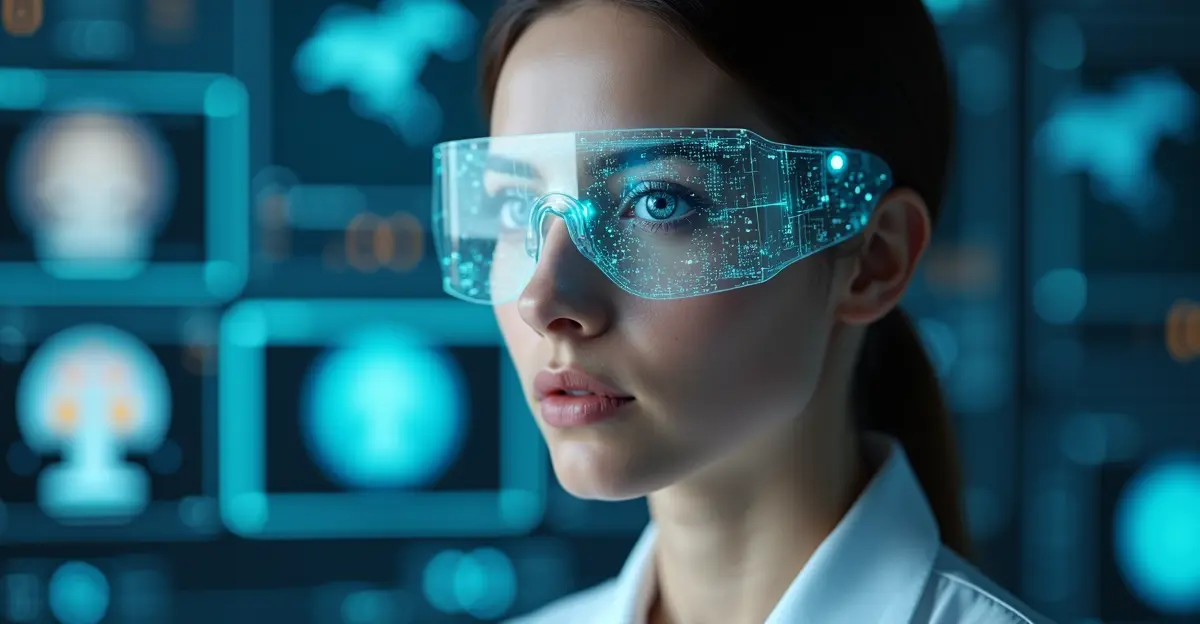
Revolutionary AI Technology Transforms Eye Disease Screening
Artificial intelligence is revolutionizing the field of ophthalmology with new diagnostic tools that can detect early symptoms of eye diseases through simple photographs. This breakthrough technology is helping clinics and healthcare facilities provide faster, more accurate screening for conditions like diabetic retinopathy, glaucoma, and macular degeneration.
How the AI Detection System Works
The AI-powered diagnostic systems analyze retinal images using advanced machine learning algorithms trained on millions of medical images. These systems can identify subtle patterns and abnormalities that might be missed by the human eye, enabling early intervention before vision loss occurs. The technology works by comparing new retinal scans against a vast database of known conditions, providing instant analysis and risk assessment.
Benefits for Healthcare Providers
Clinics are reporting significant improvements in screening efficiency. What previously required specialized equipment and trained ophthalmologists can now be accomplished with standard digital cameras and AI software. This democratizes access to eye care, particularly in remote or underserved areas where specialist availability is limited. The systems can process images in seconds, allowing healthcare providers to screen more patients and prioritize those needing immediate attention.
Current Applications and Success Stories
Several healthcare systems have already implemented these AI tools with remarkable results. In diabetic retinopathy screening, AI systems have demonstrated accuracy rates exceeding 90%, comparable to human specialists. The technology is particularly valuable for monitoring patients with diabetes, who require regular eye exams to detect retinopathy early. Early detection can prevent up to 95% of severe vision loss in diabetic patients when treated promptly.
Future Developments and Expansion
Researchers are continuously improving these AI systems, expanding their capabilities to detect additional eye conditions. The technology is evolving to work with smartphone cameras, potentially enabling at-home screening for high-risk individuals. As the algorithms become more sophisticated, they're also being trained to recognize patterns associated with systemic diseases that manifest in the eyes, such as hypertension and certain neurological conditions.
Challenges and Considerations
While promising, AI diagnostic tools face challenges including regulatory approval, data privacy concerns, and the need for proper integration into clinical workflows. Healthcare providers emphasize that these tools are designed to assist, not replace, medical professionals. The final diagnosis and treatment decisions remain with qualified ophthalmologists who use the AI analysis as one component of their comprehensive evaluation.
The rapid advancement of AI in eye disease detection represents a significant step forward in preventive medicine, offering hope for earlier intervention and better outcomes for millions of people at risk of vision loss worldwide.

 Nederlands
Nederlands English
English Français
Français Deutsch
Deutsch Español
Español Português
Português


